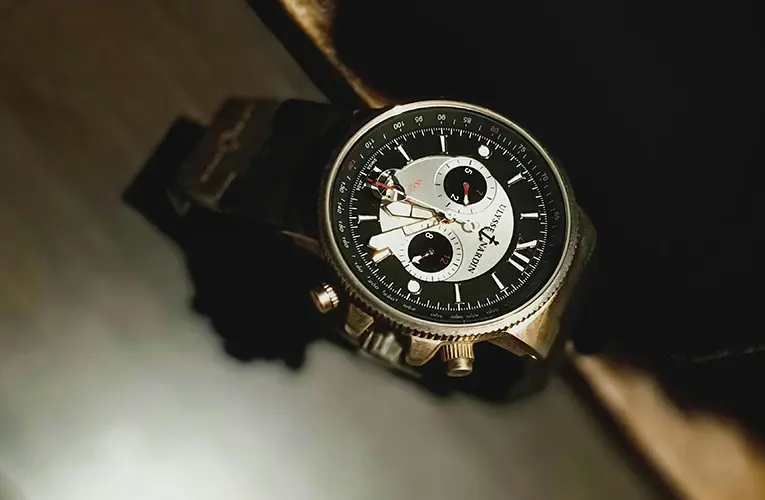“Bikepacking Adventures: Exploring the Great Outdoors on Two Wheels”
### “Bikepacking Adventures: Exploring the Great Outdoors on Two Wheels”
Bikepacking combines the excitement of biking with the adventure of camping, allowing you to explore remote trails and scenic landscapes while carrying your gear on your bike. It’s a thrilling way to experience nature, test your endurance, and enjoy a sense of freedom. This guide provides an in-depth look into bikepacking, including planning tips, essential gear, and routes to inspire your next adventure.
—
### 1. Understanding Bikepacking
– **Definition:**
– **Bikepacking:** A form of cycling that combines biking with camping, where cyclists carry their gear in specialized bags attached to their bikes and venture into the wilderness or along scenic routes.
– **History and Evolution:**
– **Origins:** Bikepacking evolved from traditional long-distance cycling and touring, incorporating lightweight gear and off-road routes to enhance the adventure experience.
– **Purpose:**
– **Adventure and Exploration:** Bikepacking allows you to explore remote areas, enjoy natural beauty, and challenge yourself physically and mentally.
– **Self-Sufficiency:** It promotes self-reliance by requiring cyclists to be prepared for various conditions and manage their own food, shelter, and navigation.
—
### 2. Planning Your Bikepacking Trip
– **Choosing a Route:**
– **Research:** Look for bikepacking routes that match your skill level, interest, and the amount of time you have available. Resources like bikepacking websites, forums, and guidebooks can provide valuable information.
– **Terrain and Difficulty:** Consider the terrain (e.g., gravel, singletrack, paved) and difficulty level, including elevation changes and technical sections.
– **Permits and Regulations:**
– **Check Requirements:** Some areas may require permits for camping or biking. Research and obtain any necessary permits before your trip.
– **Local Regulations:** Familiarize yourself with local regulations regarding camping, fires, and wildlife to ensure a responsible and enjoyable experience.
– **Weather and Timing:**
– **Seasonal Considerations:** Choose the best time of year for your route, taking into account weather conditions, temperature, and daylight hours.
– **Weather Forecast:** Check the weather forecast before you leave and prepare for possible changes in conditions.
—
### 3. Essential Bikepacking Gear
– **Bike and Accessories:**
– **Bike Type:** Use a sturdy bike suited for off-road or mixed-terrain riding, such as a mountain bike, gravel bike, or touring bike.
– **Bikepacking Bags:** Invest in bikepacking-specific bags like handlebar rolls, frame bags, and seat packs to carry your gear efficiently and securely.
– **Repair Kit:** Carry essential tools and spares for bike maintenance, including a pump, spare tubes, multi-tool, and chain links.
– **Camping Gear:**
– **Shelter:** Choose a lightweight tent, bivy sack, or hammock based on your preference and the conditions.
– **Sleeping Gear:** A compact sleeping bag or quilt and an inflatable sleeping pad will ensure comfort and warmth.
– **Cooking Equipment:** Bring a small stove, lightweight cookware, and utensils. Consider bringing a water filter or purification tablets for reliable hydration.
– **Clothing:**
– **Layering:** Wear moisture-wicking, quick-drying layers to manage different weather conditions and exertion levels.
– **Weather Protection:** Pack rain gear, gloves, and a hat to protect against wind, rain, and cold temperatures.
– **Comfort:** Choose padded cycling shorts and comfortable shoes for long hours of riding.
—
### 4. Navigation and Safety
– **Navigation Tools:**
– **Maps and GPS:** Bring detailed maps of your route and a GPS device or smartphone with navigation apps to stay on track.
– **Route Planning:** Pre-load your route into your GPS or smartphone and consider carrying a backup paper map.
– **Safety Measures:**
– **Emergency Kit:** Include a basic first-aid kit, a multi-tool, a whistle, and a personal locator beacon or satellite messenger for emergencies.
– **Group Riding:** If traveling with others, establish clear communication and safety protocols. Ensure everyone is prepared and knows the plan.
– **Wildlife and Environment:**
– **Wildlife Awareness:** Learn about local wildlife and how to safely store food and manage waste to avoid attracting animals.
– **Leave No Trace:** Follow Leave No Trace principles to minimize your environmental impact and preserve natural areas for future adventurers.
—
### 5. Training and Preparation
– **Physical Training:**
– **Endurance:** Build your endurance with regular cycling and long rides to prepare for the physical demands of bikepacking.
– **Strength and Flexibility:** Incorporate strength training and flexibility exercises to enhance your overall fitness and prevent injuries.
– **Gear Familiarization:**
– **Test Rides:** Take practice rides with your bikepacking gear to get accustomed to the weight and handling of the loaded bike.
– **Pack Light:** Learn to pack efficiently, balancing the need for essentials with the desire to keep your load manageable.
—
### 6. Inspirational Bikepacking Routes
– **TransAmerica Trail (USA):**
– **Description:** A long-distance route crossing the United States from coast to coast, offering diverse landscapes and historic towns.
– **Highlights:** Experience the beauty of the Rockies, the Great Plains, and the Appalachian Mountains.
– **Great Divide Mountain Bike Route (USA/Canada):**
– **Description:** A challenging route spanning from Canada to Mexico, featuring remote wilderness and rugged terrain.
– **Highlights:** Enjoy stunning mountain views, remote forests, and serene lakes.
– **North Coast 500 (Scotland):**
– **Description:** A scenic loop around the Scottish Highlands, showcasing dramatic coastlines, historic castles, and picturesque villages.
– **Highlights:** Discover breathtaking landscapes, rich history, and charming Scottish culture.
– **The Loire Valley (France):**
– **Description:** A picturesque route through the Loire Valley, known for its historic châteaux, vineyards, and scenic countryside.
– **Highlights:** Explore charming towns, elegant castles, and world-class wine regions.
—
### 7. Post-Trip Reflections
– **Evaluate Your Experience:**
– **Reflect:** Consider what worked well and what could be improved for future bikepacking trips. Evaluate your gear, route choices, and overall preparation.
– **Share:** Share your experiences and tips with the bikepacking community through blogs, social media, or local bike clubs.
– **Maintenance and Recovery:**
– **Bike Care:** Clean and inspect your bike after your trip, addressing any wear or damage.
– **Recovery:** Allow time for physical recovery, stretch, and rest to rejuvenate after your adventure.
—
### 8. Conclusion
– **Summary:**
– Bikepacking offers a unique way to experience the great outdoors, combining cycling with camping to explore remote areas and scenic trails. With proper planning, gear, and preparation, bikepacking can be an enriching and exhilarating adventure.
– **Encouragement:**
– Embrace the challenges and rewards of bikepacking, and enjoy the freedom and beauty of exploring new landscapes on two wheels.
– **Call to Action:**
– Start planning your bikepacking adventure today, and embark on a journey that combines the thrill of cycling with the joys of outdoor exploration and camping.
—
This guide provides a comprehensive overview of bikepacking, from planning and gear to routes and safety. By preparing thoroughly and embracing the adventure, you can enjoy a memorable and fulfilling experience exploring the great outdoors on your bike.










